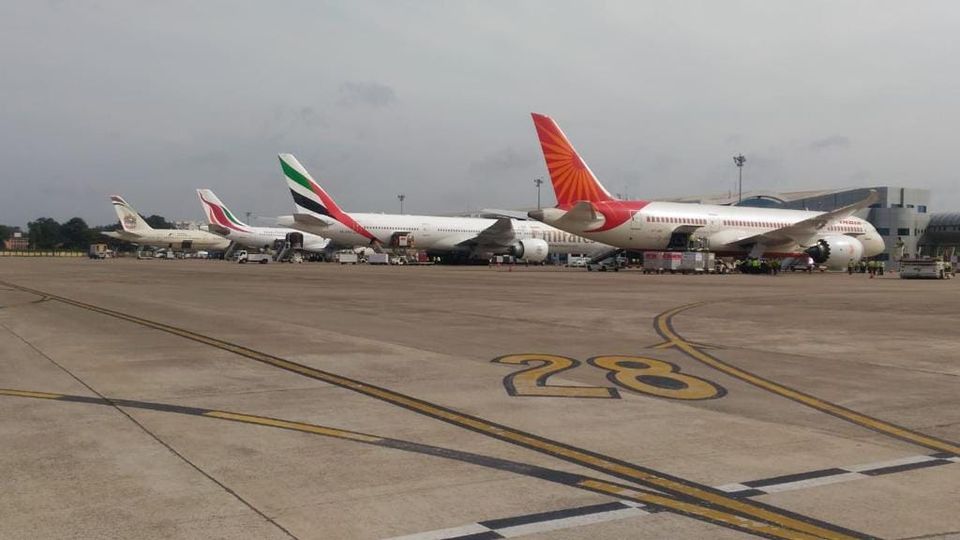The aviation industry was hit the hardest by the COVID-19 pandemic. The industry is expected to have lost $84.3 billion globally, according to reports. Due to the travel bans and lockdowns, the industry has suffered a lot, and the string of travel bans continues in 2021 as countries deal with new strains of coronavirus.
The movement has not gone back to normal. Amidst this, it has been looking for financial aids like tax reduction on fuel price, debt releases, etc. They are also expecting aides in navigation charges, parking charges, airport charges.
Also Read: Just 6.3 crore domestic passengers travelled by air last year, 56.29% lower than 2019
According to the directives issued by the Ministry of Civil Aviation, there is a restriction on the price of fare that airlines can charge from customers. However, there have been demands to change that as well so that they can earn more revenue.
The government is expected to focus on regional connectivity. That is why they will be focusing more on Tier 2 cities. These plans are to be executed through the public-private-partnership route.
The government is also expected to utilise the maintenance repair overhaul(MRO) sector to bring synchronicity to their Make In India plan. That is why they can direct the contracts under this sector to Indian branches.
Moreover, the privatisation of Air India that was halted will also be prioritised.
Also read: 1,000 more jobs to be slashed by Dutch airline KLM
However, after the disastrous year of 2020, the aviation sector is expected to see some losses. The profitability will be impacted due to reduced demand and high fixed costs. A significant net loss of $210 billion is estimated for the Financial Year 2021. In 2020, it was $127 billion. The industry will need financial aids of $350 billion approximately till 2023 to get back on its feet.
Nirmala Sitharaman will be presenting the budget on February 1.






